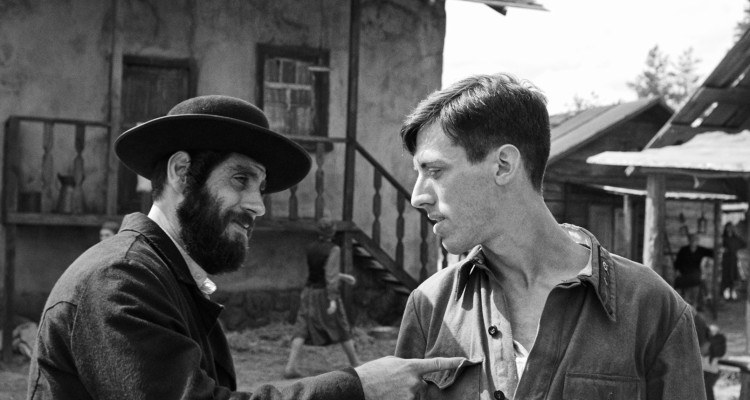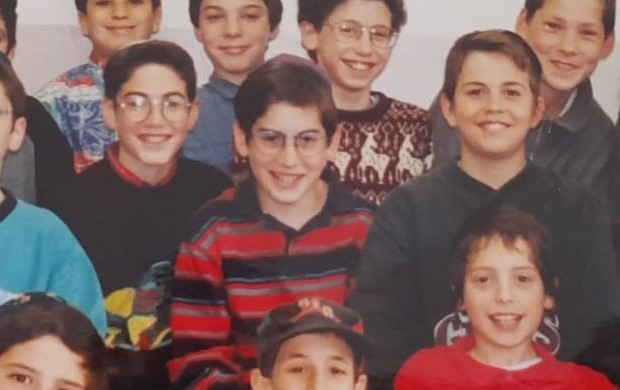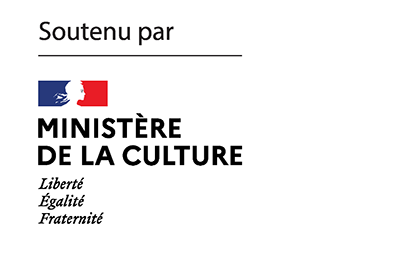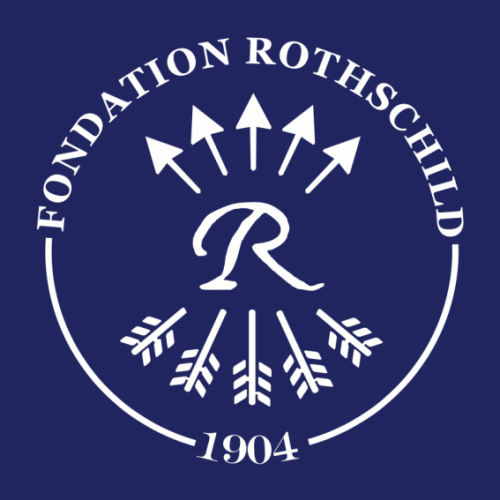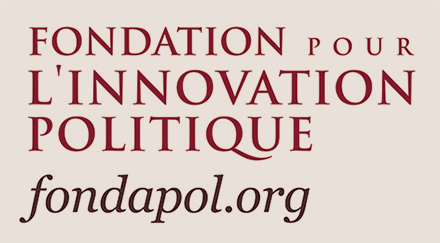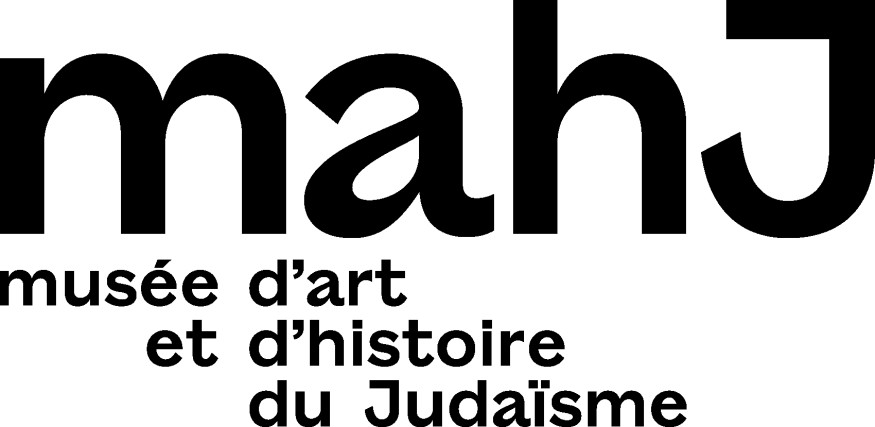Near the town of Rovzhi, an hour’s drive from Kiev, a shtetl has been built in 2021 on over a hectare of land, to serve as the setting for Ady Walter’s film, shot entirely in Yiddish and entitled Shttl. The film, which will be released in France in the coming months, has already been shown at numerous festivals and won the Audience Award at the Rome Film Festival. For Akadem, Macha Fogel brought together director Ady Walter, historian Thomas Chopard, a specialist in Ukrainian and Eastern European Judaism, and Tal Hever-Chybowski, director of the Maison de la Culture Yiddish in Paris, who was involved in the making of the film. Together, they discuss this unique work, which recreates a world on the brink of disaster – the film is set in June 1941 in a Ukrainian village on the Polish border, twenty-four hours before the deployment of Operation Barbarossa. They also look at the unique context in which it was created, in a Ukraine engulfed in war. An opportunity to revisit the figure of Soviet Judaism and to question Ukrainian Jewish identity, throughout history and right up to the present day.
After “Is your German Hebrew?”, “Krawuri: my third identity card” and “My father’s sukkah”, Ruben Honigmann continues the intimate exploration of his questions – ironic and profound – that we are always happy to publish in K. The source of his new essay is a class photo showing him in 1995 among his classmates at the Aquiba school in Strasbourg. What happened to the people in the picture? And how does he make the link between who he was almost thirty years ago and who he is today?
Finally, we republish Philippe Olivier’s article on classical music under the Third Reich and the legacy of the great Nazi performers. Music played a fundamental role in Hitler’s Germany. The great German classical, romantic and post-romantic composers provided a large part of the Nazi regime’s soundtrack. Between 1933 and 1945, musicians flourished in the shadow of the Third Reich, rallying behind their führer with varying degrees of exaltation. Some of them were exceptional artists, pursuing glorious careers after the war, and their records remain benchmarks and milestones in the history of performance. How can we listen to them today? Philippe Olivier, music historian and musicologist, who does not intend to forget the political hors-champ of these recordings, raises the question of his own discomfort in listening to this musical heritage.
